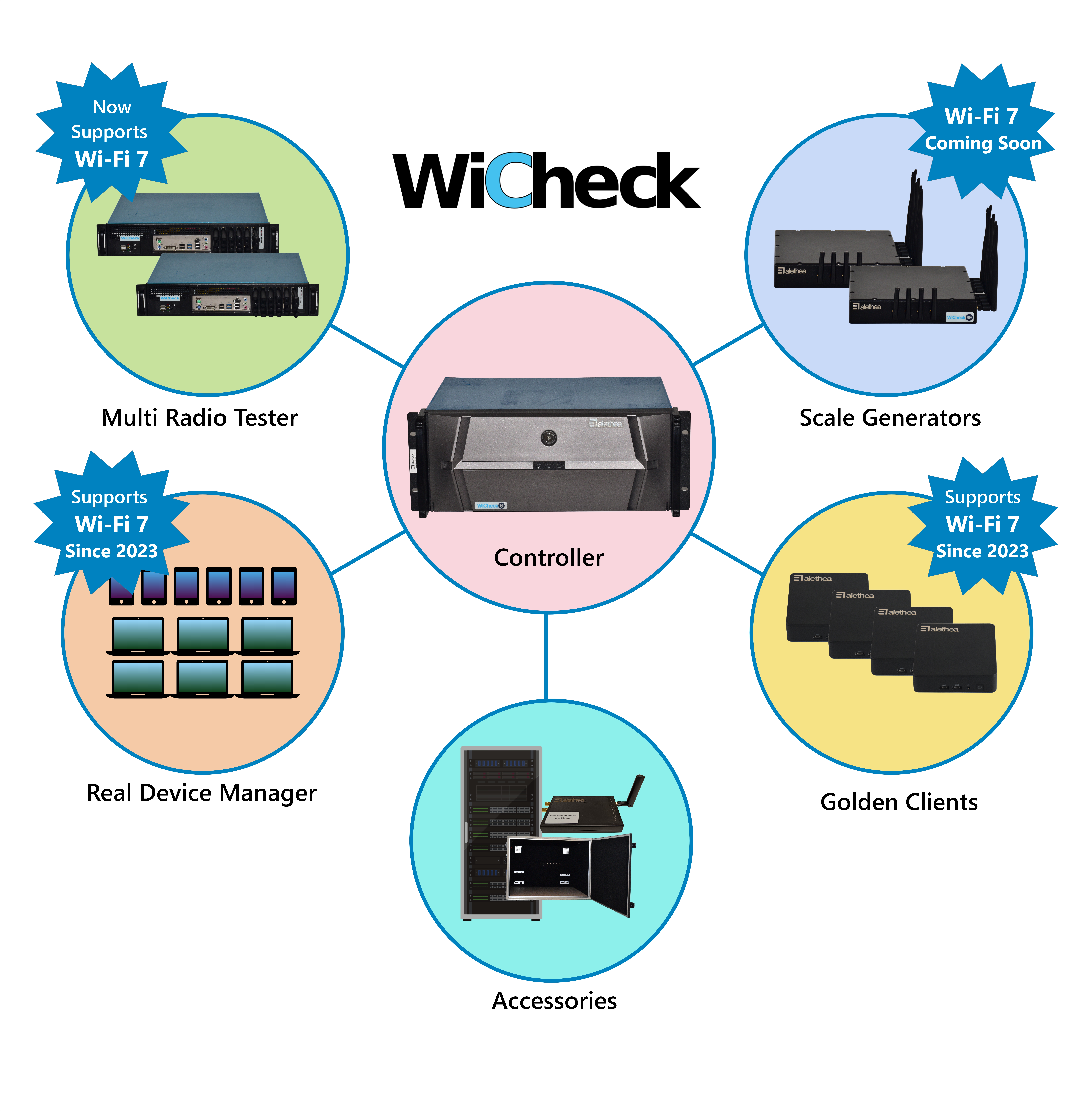The 5G rollout has been advertised as the solution to a million challenges. The most popular use cases include high-speed mobile broadband, IoT, Edge Computing, low-latency gaming, AR / VR, and very high-resolution video streaming.
Inspite of all these futuristic applications, the reality is that the FIRST major use case of 5G is Fixed Wireless Access.
Fixed Wireless Access, or FWA, is an established means of providing internet access to homes or offices using wireless network technology as the backhaul rather than fixed lines.
According to a Market Insights report, the 5G FWA market is expected to grow at a CAGR of approximately 84% between 2019 and 2025, eventually accounting for more than $40 Billion.
The current implementation of 5G FWA involves three technologies. Two 3GPP technologies – 5G and LTE – are used in the backhaul and a non-3GPP technology – Wi-Fi – is used inside the home or office for the final connection to end users. Initial 5G deployments use LTE for signaling and 5G for high throughput data (eg: 5G Option 3a). This leads to the interesting fact that one current breakthrough technology from 3GPP is first experienced by the end user via a non-3GPP technology. This is expected to remain unchanged for the foreseeable future due to the low cost and easy availability of Wi-Fi enabled end user devices.
The involvement of three technologies brings its own deployment and testing challenges. The end user is not aware of the multiple technologies involved. So any negative experience will be directly placed on 5G – which is the most advertised of the three technologies involved.
There are three possible pitfalls for the approach:
- Millimeter waves make 5G ultra-fast. The advertisements and hype about 5G have been about speed. However, the initial roll outs will be on Sub 6GHz bands. The speed expected by the consumer (5G speed as per the theory or as advertised by the companies) will not be available at launch.
- Millimeter waves when they roll out are very sensitive to transmission conditions and interference. Any change happening in the line of sight between the 5G antenna and 5G receiver (a new building, a tree growing up, snow, rain, wind, wind-driven rain, even a flock of birds flying across – you name it) causes drop in performance.
- The user experience is ultimately a function of the Wi-Fi Access Point. Scalability, Performance and Stability of this element is as important to the user experience as the 4G / 5G backhaul. Wi-Fi part also needs to be designed, integrated and tested carefully to meet expectations of end users
One of the potential issues with mixing Wi-Fi with 5G could be in the handling of traffic with different Quality of Service(QoS). Traffic streams that originate from a Wi-Fi client (non 3GPP) may not be properly classified by the Wi-Fi access point part of the CPE. If the traffic type information is not available to the 3GPP technology then the bearers with the right QoS support will not be established. This will affect the end customer experience.
Let us look at two very common use cases to explain this.
- The user is making a call over Skype. If a bearer suited for browsing (best effort traffic) is used for the voice call (low latency traffic) then the call quality can drop since connection quality requirements are not handled properly.
- The user is watching a live stream video. If the bearer suited for buffered video(lower priority and higher packet delay) is used for this purpose the user will not be able to really experience the live video. The live stream video bearer needs higher priority and lower packet delay.
The whole question of QoS would never arise if the backhaul was wired.
According to Cable Labs, at least 15 percent of customer service calls are Wi-Fi issues related calls, ranging from poor connections to video playback issues, translating to more than $600 million in annual support costs for the cable industry (in North America alone). Now add a new relatively unproven technology for backhaul and imagine how much more expensive the support costs will be.
This implies that there is a requirement for an end to end testing using real data traffic that has different QoS requirements. This testing needs to be done for a long duration (weeks, not hours – remember this is now a home access point, not a phone) at scale to test real-world scenarios.
Here comes a question, How do you test the network End-to-End?
WiCheck is the SOLUTION!
Alethea’s WiCheck simulates 10s or 100s of Wi-Fi clients distributed inside a home or an office, runs real applications(Facebook, YouTube, YouKu, Skype for business calls & more) and measures the end user experience. This is the ideal way to look at the 5G network or devices from the perspective that really matters, that is the end user perspective.
Have you got any Questions regarding 5G testing from end user perspective? We have Answers. You can easily reach out to us HERE
To read more about blogs on 5G testing:




